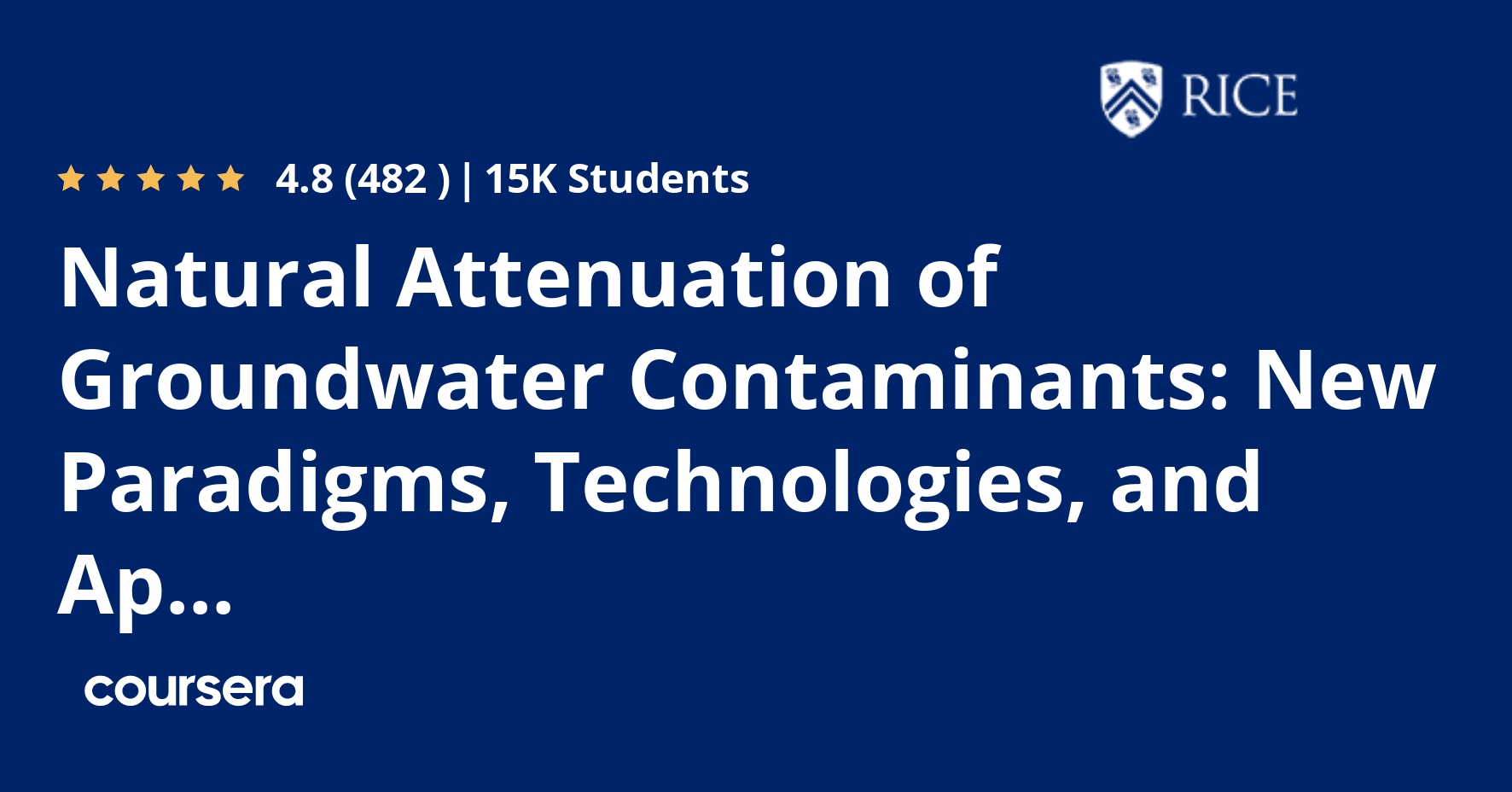Description
Cleaning up the large number of groundwater contamination sites is a significant and complex environmental challenge. The environmental industry is continuously looking for remediation methods that are both effective and cost-efficient. Over the past 10 years there have been amazing, important developments in our understanding of key attenuation processes and technologies for evaluating natural attenuation processes, and a changing institutional perspective on when and where Monitored Natural Attenuation (MNA) may be applied. Despite these advances, restoring groundwater contaminated by anthropogenic sources to allow for unrestricted use continues to be a challenge. Because of a complex mix of physical, chemical, and biological constraints associated with active in-situ cleanup technologies, there has been a long standing focus on understanding natural processes that attenuate groundwater contaminant plumes.
We will build upon basic environmental science and environmental engineering principles to discover how to best implement MNA as a viable treatment for groundwater contamination plumes. Additionally we will delve into the history behind and make predictions about the new directions for this technology.
Any professional working in the environmental remediation industry will benefit from this in-depth study of MNA. We will use lectures, readings, and computational exercises to enhance our understanding and implementation of MNA. At the completion of this course, students will have updated understanding and practical tools that can be applied to all possible MNA sites.
What you will learn
Course Overview and MNA as an Evolving Technology
Welcome to the course! In the Course Overview section, you will find general information about the course as well as instructions on how to navigate the course. In the lectures for this week, we will start with history. We look at a general brief history of groundwater remediation, and then a specific history of MNA featuring a list of the key protocols from 1994 to 2015. Special topics include active remediation vs. MNA, and Neat New MNA Technologies, and how degradation, storage, and dilution are all part of the MNA story.
Biodegradation Principles
In this series of lectures, we will learn when biodegradation can or cannot occur and what conditions are conducive to faster degradation.
Abiotic Degradation Principles
In this series of lectures, we will focus on the principles of abiotic degradation and discuss how these processes support monitored natural attenuation. You will be learning about the key reactions and minerals that are involved in abiotic degradation. We will also be covering what methods are used to determine if abiotic degradation is relevant at a particular site, and the rates at which these reactions may be occurring
Attenuation and Storage in Low K Zones
In these lectures, we will focus on the idea that storage of contaminants in geologic media as a potential natural attenuation mechanism. Under this scenario, certain contaminants diffuse in low permeability media such as silt, clay, and limestone and then eventually reenter the aquifer by a process called back diffusion. Like sorption, this process is not destructive, but attenuates a contaminant plume by sequestering some of the initial loading and then slowly releases it over long time scales. You will learn about diffusion vs. dispersion, see case studies in the lab and field, learn how to sample and model this process, and hear the latest research about degradation processes associated with matrix diffusion.






